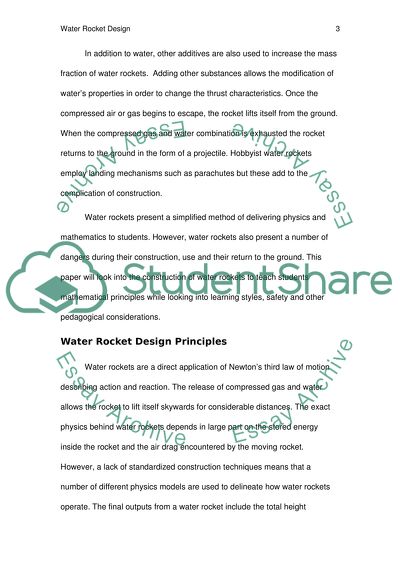Cite this document
(“Water Rocket Design Research Paper Example | Topics and Well Written Essays - 2000 words”, n.d.)
Retrieved from https://studentshare.org/mathematics/1455750-water-rocket-design
Retrieved from https://studentshare.org/mathematics/1455750-water-rocket-design
(Water Rocket Design Research Paper Example | Topics and Well Written Essays - 2000 Words)
https://studentshare.org/mathematics/1455750-water-rocket-design.
https://studentshare.org/mathematics/1455750-water-rocket-design.
“Water Rocket Design Research Paper Example | Topics and Well Written Essays - 2000 Words”, n.d. https://studentshare.org/mathematics/1455750-water-rocket-design.


